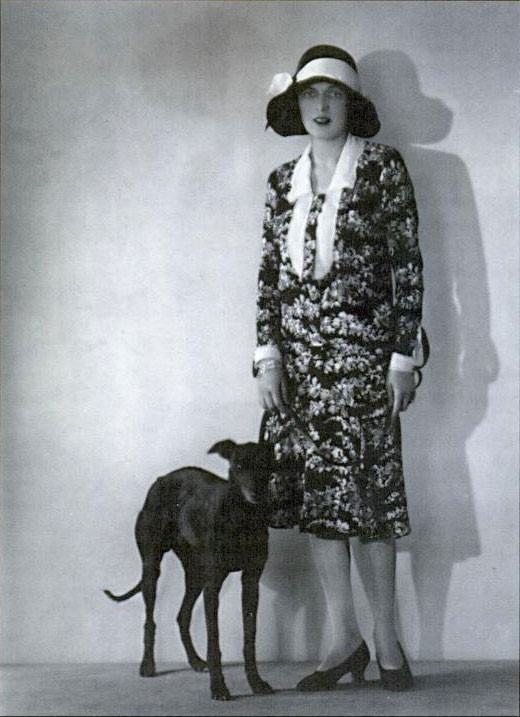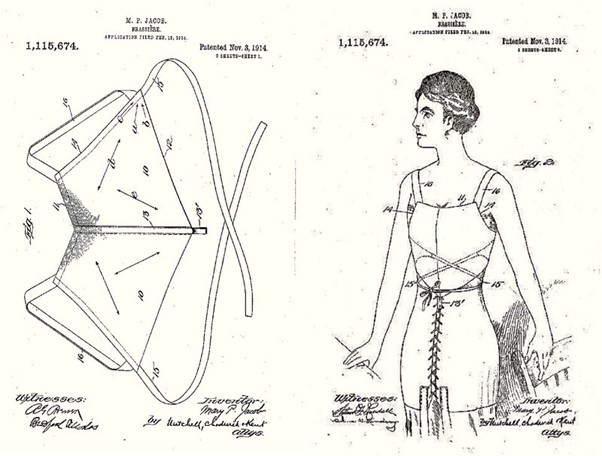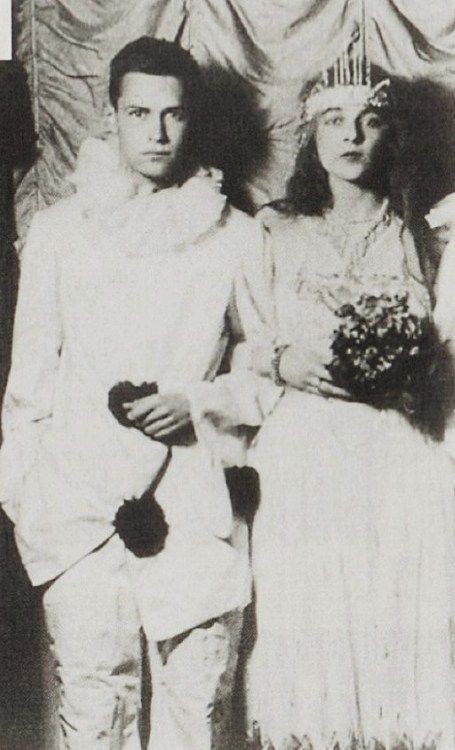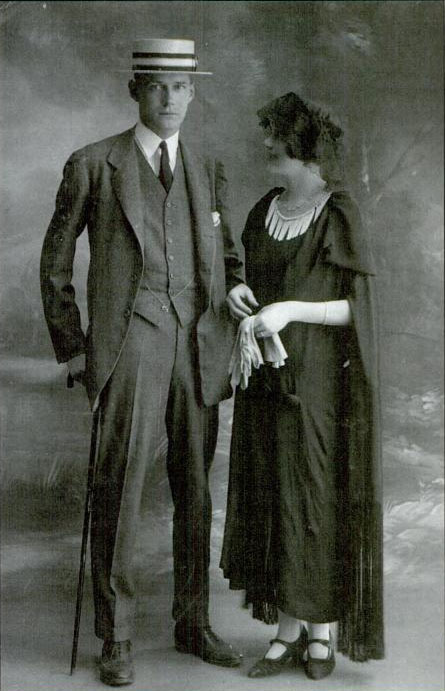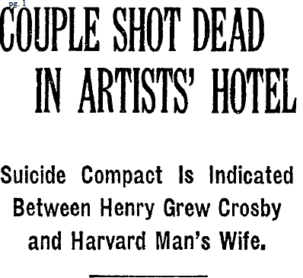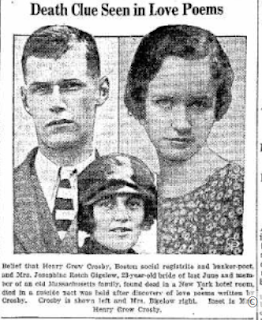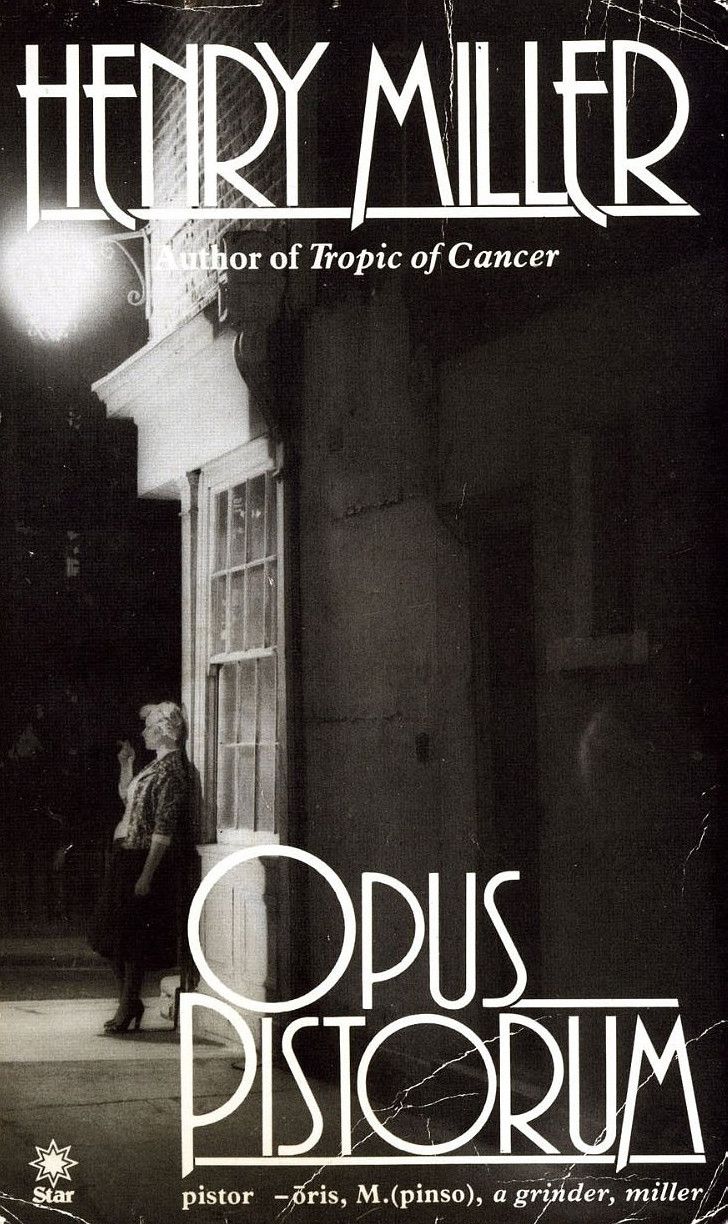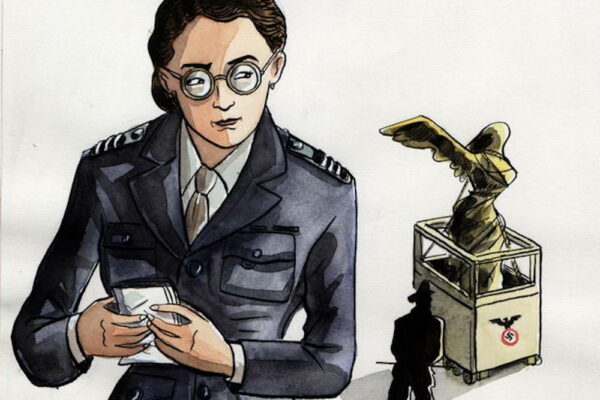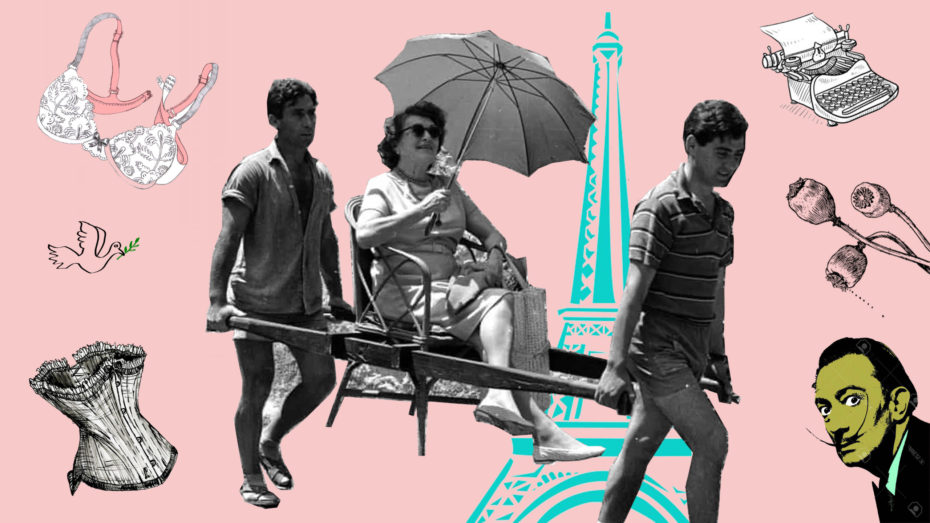
Inventing the bra is a pretty big deal. For Caresse Crosby, this wasn’t her only or even most uplifting accomplishment. The bra was just the beginning. This wild woman lived an extraordinary life, in fact, multiple lives to accompany her multiple names. As well as being an inventor, she published and partied with the Lost Generation of 1920s Paris, founded a world peace organisation, and casually became a Princess. Oh, she also had a dog called Clytoris. She lived vivaciously and recklessly, true to her motto, ‘Always yes, Caresse’. Despite her notorious lifestyle and trailblazing legacy, her story beyond the bra has largely been forgotten. Caresse was never one to live in the shadow of her husbands or famous friends, so let’s elevate her to the spotlight and delve into the wonderful world of history’s ultimate Yes-woman.
Caresse started life in 1891 as Mary Phelps Jacob, born into a ‘world where only good smells existed’. Polly, as she was known to her family and friends, embraced the upper-class New York lifestyle she grew up in. Débutante balls, Ivy League dances, garden parties with aristocracy, you know, all those good smelling things. Polly kicked up her first storm aged 19 when getting ready for a ball one night. She was fed up with the tightening, flattening, and jamming which came with wearing a corset, as well as the way the whalebone structure looked under her sheer gown.
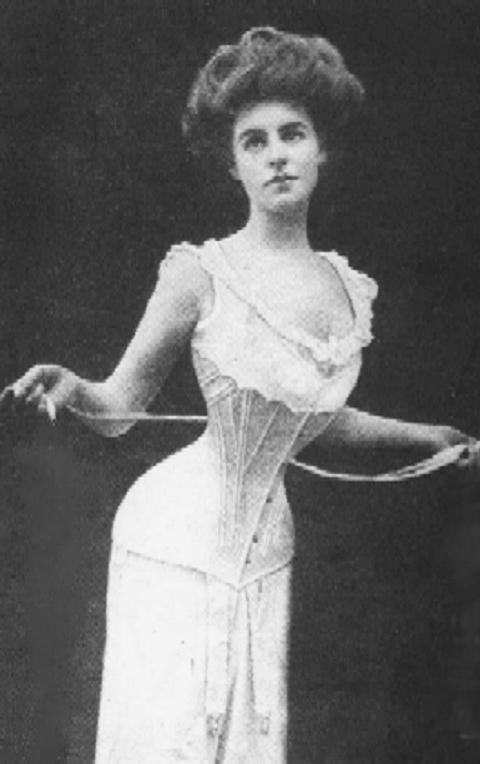
In 1910, this sharp constraint was simply part of the package of how a woman should dress and behave. At the click of her fingers, the maid brought over some materials, et voilà, Polly fashioned the first prototype bra out of some handkerchiefs and ribbon.
This new garment was the talk of the town. Polly was mobbed by other girls who wanted to release the rod from their back and groove freely like her. Cottoning on to this, she developed her design so that women of all sizes could be freed from the tyranny of corsets and ensured it was suitable for ‘violent exercise’, like tennis. Just like that, in 1914, Polly was the first person ever to be granted a patent for her wireless ‘backless brassiere’.
She set up a small workshop in Boston, received a few orders from department stores but soon gave up the business and gave in to her then-husband’s wishes, and his trust fund. She sold the patent to The Warner Brothers Corset Company for $1,500, who went on to make millions from her idea.
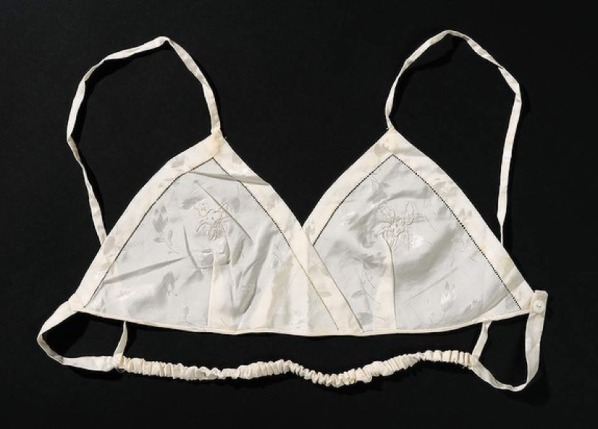
Although Polly’s invention was her first introduction to breaking with tradition, her marriage to fellow wealthy blueblood Richard Peabody suggested a conventional quiet life was destined. But things didn’t click with Dick. After the war he became addicted to alcohol and fire engines (yes, you read that right. He even had a pole and fire bell installed in their house). Then along came the whirlwind that was Harry the heartthrob…
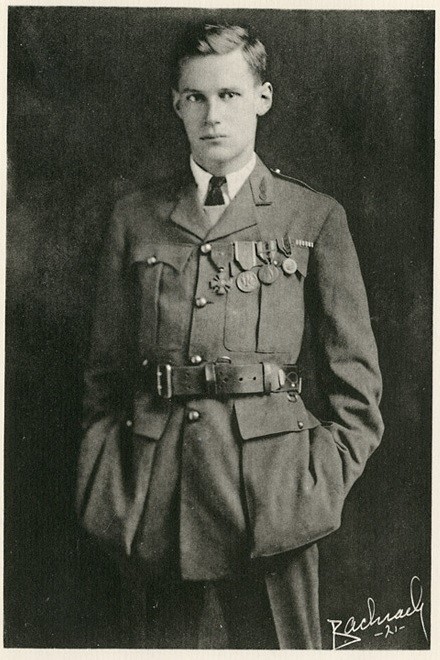
Harry Crosby unleashed Polly’s bubbling wild side and drove her to decadent debauchery, as well as the name Caresse. Like Dick, Harry was a rich American heir, Harvard student and World War I veteran, who liked a drink. She certainly had a type. However, Harry’s wartime experience sent him the other way. He abandoned all pretence of living the expected life for him, a symptom of the Lost Generation at the time, and became an infamous bohemian bon vivant. Polly described him as ‘the most vivid personality [she had] ever known, electric with rebellion’. Sounds exactly what she was looking for.
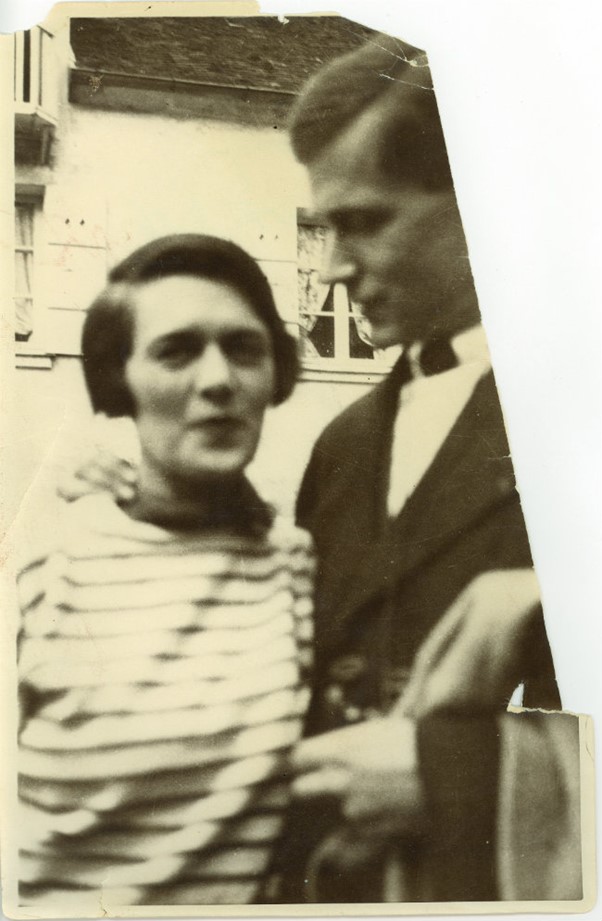
The pair went on a secret date to an amusement park in 1920 and within two hours, upon exiting the Tunnel of Love, he was hers entirely. The scandalous affair rocked true-blue upper-crust Boston and continued for two years until Polly and Richard divorced. Soon after, Polly and Harry tied the knot and followed it up with a telegram to Harry’s parents saying: ‘PLEASE SELL $10,000 WORTH OF STOCK. WE HAVE DECIDED TO LIVE A MAD AND EXTRAVAGENT LIFE’. A very on-brand ‘Always yes, Caresse’ move. So, where in the world would you go in the 1920s to best live out this plan of action? It’s got to be the home of outlandish antics and eccentric expats – the City of Lights.
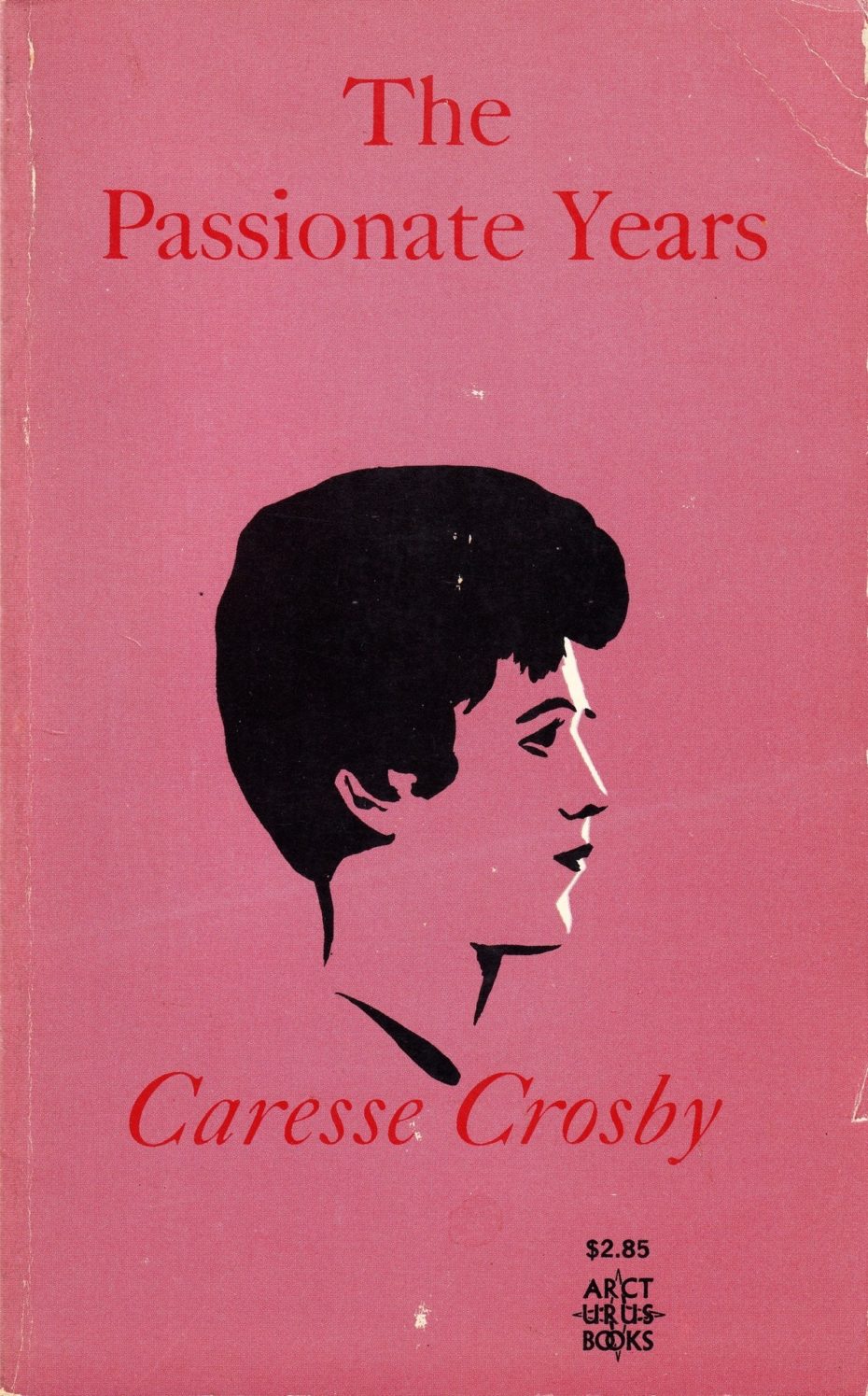
Move over Scott and Zelda, it was the crazy Crosbys who made the 1920s roar. The Paris years were done properly; they lived in a luxurious apartment on Île Saint-Louis, engaged in numerous affairs, frequented opium dens, wrote narcissistic poetry and attended raucous parties.
They travelled the world, holidaying in Egypt and covering each other in stick and poke tattoos before it was cool. This was the time of Polly’s second major invention, something even closer to her heart than her bra. After some deliberation over the name Clytoris, which instead was bestowed on her pet whippet, it was in Paris that Polly became Caresse.
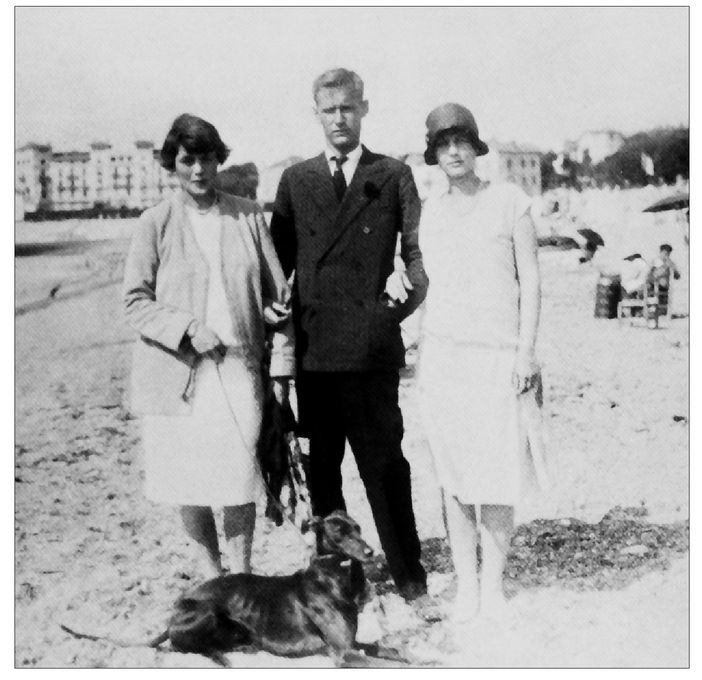
Despite inventing the bra as a teen, Caresse was an ultramodern advocate of going bra free for all to see. She attended a ball at the Académie des Beaux-Arts riding a baby elephant and wearing nothing but a huge turquoise wig. Yes, Caresse!
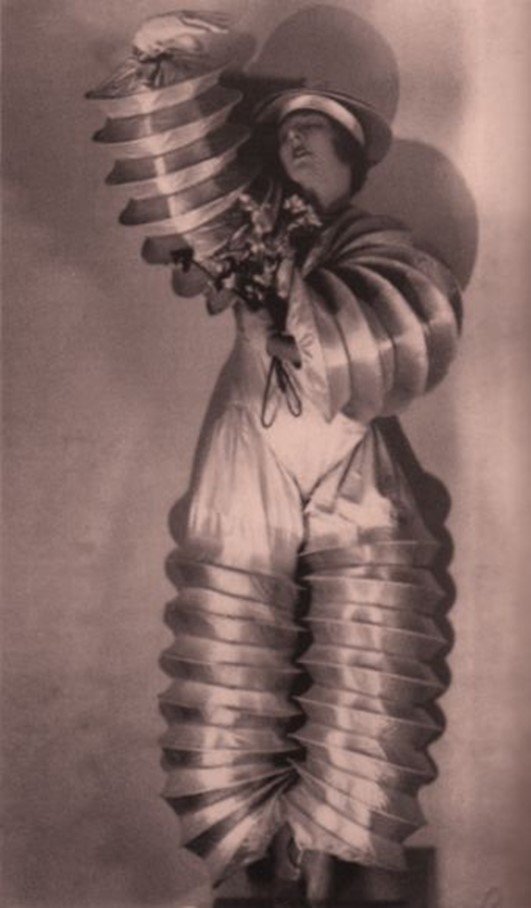
If their life couldn’t be any more enviable, while living it up in Paris, the well-connected couple were of course buddies with the poster boys of the Lost Generation, with whom they shared hopes, disillusions and drinking habits. Caresse was a master mixologist, who ‘stirred, brewed and concocted friendships’, said Anaïs Nin.
In 1927, the Black Sun Press was founded, previously named Éditions Narcisse, after her other beloved and bejewelled whippet, Narcisse Noir. Originally used to print their own love poetry to each other, the Crosby’s publishing house expanded to serve other writers, including big hitters and close contacts Ernest Hemingway, Charles Bukowski and James Joyce to name but a few.
“If you’re interested in the best of what came out of Paris at that time” says antiquarian book expert Neil Pearson, “a Black Sun book (like this one here) is the literary equivalent of a Braque of a Picasso painting – except it’s a few thousand pounds, not $20 million.”
Things took a rather unexpected and dramatic turn for the worse when Harry died in a suicide pact with one of his many mistresses. Caresse continued publishing avant-garde writers and artists amidst the societal uproar of Harry being found with red-painted toenails, and dead. As war loomed, she moved back to the US to marry, divorce, and have a secret interracial affair, which was an illegal act in the late 1920s.
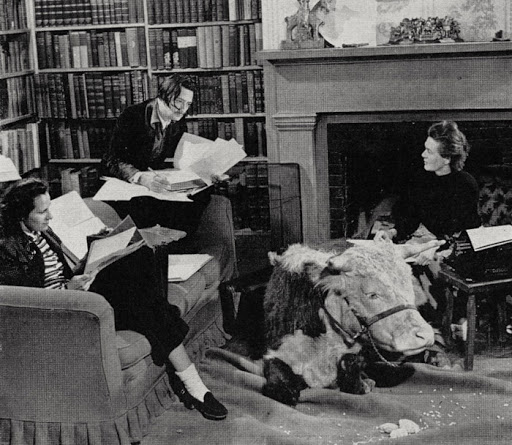
Back in New York, Caresse’s socialite status didn’t diminish despite her travels. She said ‘yes’ to staring in experimental dance films and held the epic Bal Onirique for Salvador Dalí which created a maelstrom of publicity and introduced him to the international arts scene.
It is thought that Caresse may be the unidentified muse in his 1934 surrealist ‘Portrait of a Woman’. What do you think?
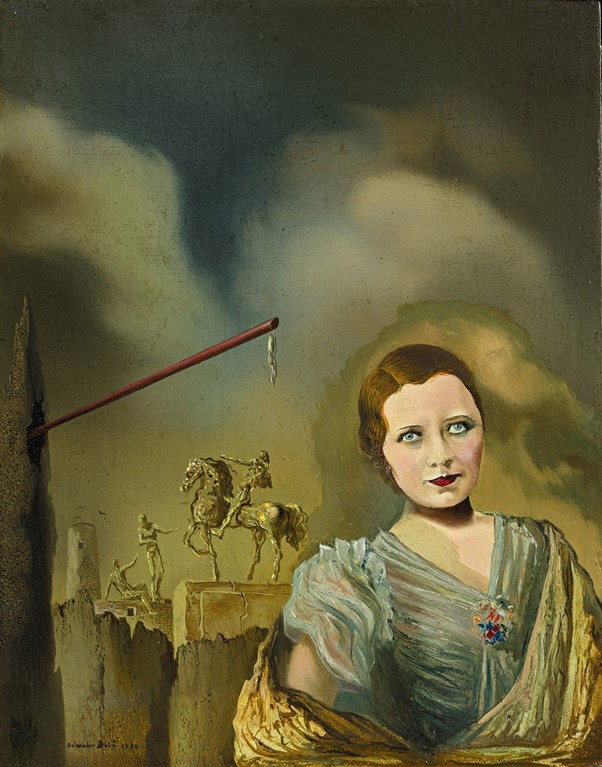
During this time, Caresse’s lust for literature continued and she honed a writing style that came natural to her; erotica. In a deal with Henry Miller, a friend from her Paris years, she would churn out hundreds of pages of ghost-written smut while her drunken husband slept.
Just like in the early days when a young Polly was freeing women from the bodily restrictions of corsets, Caresse continued the feminist fight as an adult with her organisation ‘Women Against War’. She was a real-life Miss World, who actually did want world peace. Her political activism went hand in hand with her love for the arts and extravagance, especially when location scouting for her artist’s commune.
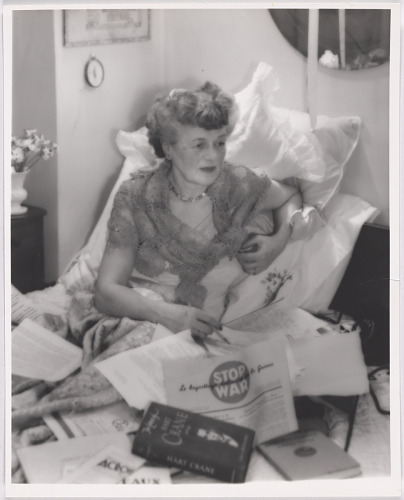
In 1949, Caresse stumbled upon Castello di Rocca Sinibalda whilst on a post-war tour of Italy. This crumbling castle perched within an Italian valley near Rome was decorated with frescoes from the 16th Century, originally built for Cardinal Alessandro Cesarini.
She bought the estate and in doing so, became la Principessa, as a Papal title came free with the purchase. Pretty neat. This became the home of Princess Caresse’s peace-driven writer’s retreat, for the likes of Allen Ginsberg, Ezra Pound and bosom buddy Peggy Guggenheim to stay as long as they wished.
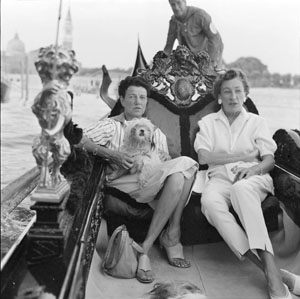
You can visit the castle today, but no promises you’ll get carried around the grounds on a sedan chair with a parasol.
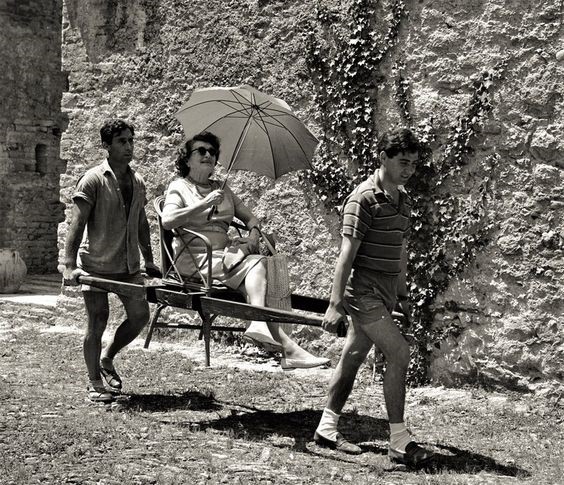
American filmmaker Robert Snyder made a short documentary at the castle called ‘Always yes, Caresse’ in which Caresse, in true free the nipple style, flashes her breast in the garden. Take a visit to the Castle with him and see that charming moment for yourself…
Caresse Crosby died an Italian Princess and ‘world citizen’ in 1970, shortly after she put the castle up for sale. The lesser-known literary godmother to the Lost Generation lived long enough to see her adopted artists go on to achieve huge acclaim for their writing. She was also able to witness her first creation, the bra, become a standard undergarment for women everywhere. Although, when it comes to changing the shape of the modern woman, we owe her so much more than just this.
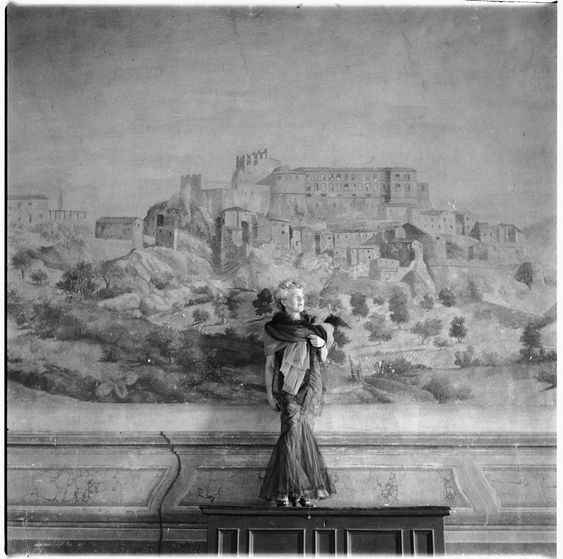
They say well-behaved women seldom make history, but Caresse deviated far far away from her puritanical bloodline, so why isn’t her improbable life more known? She was a pioneer as much as she was a hedonist whose ideas and radiance never dimmed. She lived and loved in technicolour, gleefully flouting just about every sexist social convention of the time. She may have fallen for a few wrong’uns, but at least she had her faithful Clytoris (the whippet). Repeat after me, ‘Always yes, Caresse!’ Spread her story, free the nipple and perhaps think twice before burning your bra.


